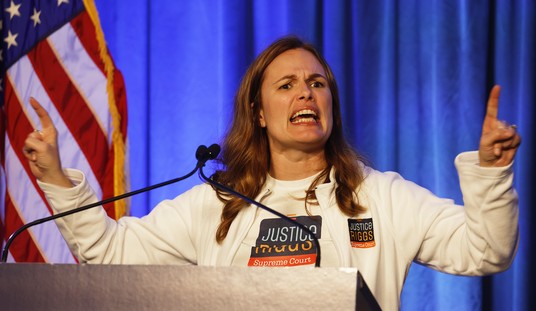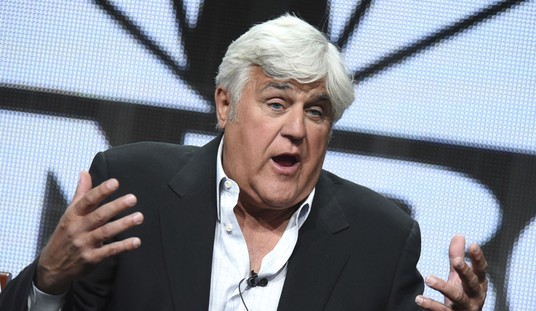After weeks of brinksmanship, it seems more than likely that Republicans and Democrats will pass a debt ceiling hike that avoids a default and kicks the can down the road for another few years.
Although the deal, as it currently stands, does not actually reduce domestic spending, it includes several provisions that fiscal hawks can surely hang their hat on. On the other hand, one can make a case that the deal does little to address the ticking time bomb that is our $31.8 trillion national debt.
Essentially, the debt ceiling hike negotiated by Speaker of the House Kevin McCarthy (R-CA) and President Biden will suspend the debt ceiling through 2025, limit domestic spending increases not including defense, claw back some unspent COVID-19 relief funds, slightly modify the food stamps program to include work requirements, cut a small portion of the huge expansion of the IRS, and provide permit relief for energy projects.
However, as is always the case when it comes to public policy, the devil is in the details.
Before the deal was formally agreed to, Republicans (including McCarthy) were hoping to dramatically cut spending. Initially, McCarthy sought to reduce domestic non-defense spending back to fiscal year 2022 levels, with a 10-year freeze. However, this was a total non-starter for Democrats.
So, the sides agreed on a compromise: Non-defense spending will remain flat for one year, with a limit of 1 percent growth in 2025. The good news is that this will reduce the mega-spending Biden had in mind over the next two years. The bad news is that spending will not actually decrease; the growth of spending will only be slightly lowered.
In other words, the deal doesn’t cut domestic, non-defense spending by one penny over the next two years, however, it reduces the trajectory of spending growth to 1 percent. Many congressional Republicans, particularly those in the Freedom Caucus, sought to reduce spending levels to the 2019 baseline, before the pandemic spurred the federal government to increase the budget from $4.4 trillion to its current $6.4 trillion. But that was apparently way too much to ask for, given the fact that the vast majority of those in Congress (on both sides of the aisle) have a fondness for deficit spending, which is exactly why we are in the precarious position we find ourselves in.
Imagine if you knew someone who was morbidly obese, but instead of actually losing weight, their plan was to simply gain less weight in the future. That aptly describes this plan.
Now, some will say that simply gaining less weight, or adding less debt than was originally anticipated is a win. Or at the very least, a step in the right direction. While this is true, it is only making the problem less bad, it is not actually solving the problem.
Moreover, the deal doesn’t address the Big Three entitlement programs (Social Security, Medicare, and Medicaid), which comprise approximately 46 percent of the total federal budget. Unless and until the Big Three are fundamentally reformed, we are only nibbling at the edges of our annual budget shortfall.
The other highly contentious issue during the negotiation process was the implementation of work requirements for welfare programs. Once again, the deal that was struck is a small victory on this front.
At the outset of negotiations, McCarthy wanted to include work requirements for able-bodied adults on the Supplemental Nutrition Assistance Program (SNAP), Temporary Assistance for Needy Families (TANF), and Medicaid. Yet, that was a bridge too far for Democrats, who generally oppose any and all work requirements for welfare.
So, the two sides compromised again: Under the tentative deal, work requirements for able-bodied adults will be applied to those on SNAP up to age 54 years old (previously, the cut-off was 50 years old). But, the millions of Americans on TANF and Medicaid will not be required to work to receive benefits, which is a big win for Democrats.
Of course, the debt ceiling package must still pass the House and Senate before it can be signed into law by Biden. As of now, it seems like it should have little trouble sailing through Congress.
But, we must remember that this is nothing close to a grand bargain that will balance the federal budget. In reality, this is another short-term plan to avoid default while the DC spending machine continues to engage in reckless deficit spending. Although this deal can be framed as a step in the right direction for those of us who believe in sound fiscal policy, it also leaves much to be addressed in the future.
Eventually, and probably sooner than most Americans think, the federal government will have to actually reduce spending, reform the Big Three entitlement programs, and incentivize more able-bodied adults to join the workforce by implementing commonsense work requirements. I just hope our political leaders have the will to do all of this before it is too late. As the first rule of holes states: “When you find yourself in a hole, stop digging.”
Chris Talgo ([email protected]) is editorial director at The Heartland Institute.













Join the conversation as a VIP Member